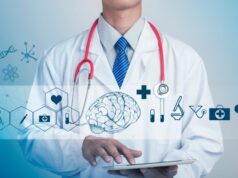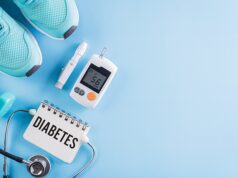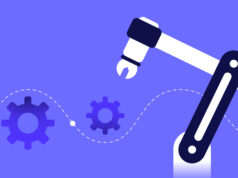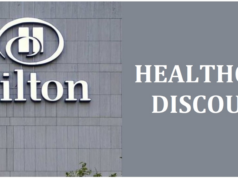
Advances in tech have transformed every aspect of our lives – and the effects of these changes are felt nowhere more strongly than in the field of medical care. Developments continue to revolutionize patient care, making diagnostic tests more accurate, the management of conditions easier and more patient-centric, and procedures safer than ever before.
We take a look below at some of the most significant technical shake-ups that have occurred in medicine, from the development of an intuitive medical alert system to the invention of the pacemaker. We consider the impact of these leaps forward, like these, as well as speculating on the exciting innovations the near future could bring.
Tools of the Trade
Many of the standard instruments used by doctors today that we take largely for granted were once medical innovations that transformed the field. For example, the stethoscope, thermometer, and hypodermic needle are all examples of equipment that may be considered fairly low-tech by today’s standards but that drove diagnosis and patient care forward significantly. Much of today’s innovative tech is the spiritual ancestor of these still frequently used instruments.
Diabetes Care
Not so long ago, those with diabetes had to regularly draw blood and inject insulin to monitor their glucose levels and manage their condition. Now, insulin pumps have transformed the lives of those who need them, providing continuous glucose monitoring, warnings if levels spike or drop, and delivering insulin when required.

These wearable devices are discreet and mean that people with diabetes don’t need to remember to carry around syringes and other supplies. Plus, quick action can be taken if a change in glucose levels in the blood is detected, which, in turn, helps to prevent incidences of hospitalization. For those living with the condition, the improvement in the quality of life that this innovation has delivered cannot be underestimated.
Medical Alert Systems
New high-tech, intuitive alert systems are helping to keep thousands of seniors, or those who struggle with their mobility, safe. No longer the clunky, wired devices of yesterday, today’s
alarms comprise wearable tech – that often resembles jewelry or even a watch – wifi connection, and smart technology that ‘learns’ the dimensions of a room and the usual pattern of movements of the resident. The best medical alert system options will connect to an emergency support center if a fall is detected or suspected or if the wearer used the button to summon help urgently. With more people than ever before living a significant distance away from their parents, these systems are providing many elderly people the opportunity to continue to live safely in their own homes.
Medical alert systems are still advancing and can be increasingly integrated within a holistic smart home system. Going forward, devices are set to become even more intuitive and will likely incorporate a range of diagnostic and health monitoring features, too, helping to keep the elderly or those that have been recently discharged from the hospital safe.
Electronic Pain Relief
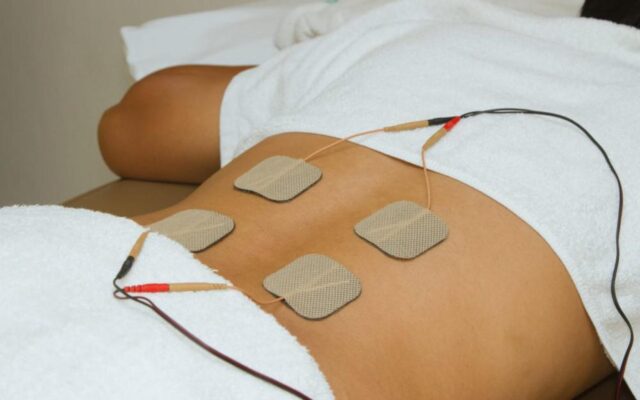
For those suffering from migraine or cluster headaches, the effects can be devastating and have a severe impact on their quality of life. The pain is widely believed to emanate from a facial nerve bundle called the sphenopalatine ganglion, or SPG. Currently under development but sure to be life-changing for migraine sufferers is a device that is permanently implanted in the upper gum located on the side of the head where the pain usually occurs – its purpose is to block signals from the SPG at the onset of a migraine.
This device will be controlled by the patient: at the first sign of pain, a controller is used to activate the implant. This serves to stimulate the nerves, thereby blocking the pain-causing neurotransmitters. This could mean that migraine and cluster headache sufferers no longer have to put up with the regular agony caused by their condition and can once more lead uninterrupted lives.
Cochlear Implants
Innovated more than thirty years ago, the cochlear implant has changed the lives of hundreds of thousands of people around the world and is one of the first examples of the meshing of an electronic device with the human body. Unlike a hearing aid, which works by simply amplifying sound, cochlear implants directly stimulate the auditory nerve and can restore hearing even to those who have gone completely deaf.
While cochlear implants are unlike ‘natural’ hearing, this device allows users to hear, and enjoy conversations, sometimes for the very first time.
The Pacemaker
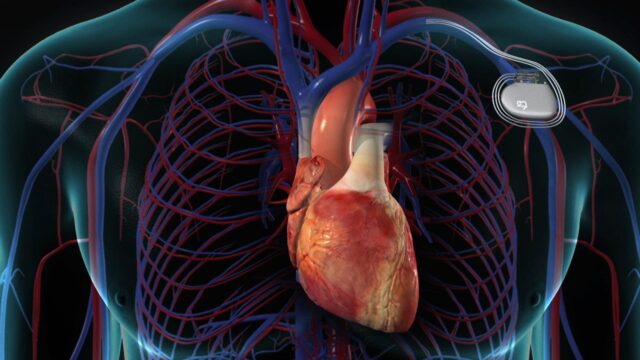
A game-changer for many of those with heart conditions, this device serves to regulate the heart’s rhythm. They are used when the body’s natural pacemaker isn’t working properly or when the heart’s electrical conduction system has a blockage. What might really surprise you is that the first working pacemaker was implanted into a patient in 1958.
The recipient of this first pacemaker went on to get to reach the age of eighty-six -thereby outliving both the inventor of the device and the surgeon who implanted it. That is just one of the many examples of medical device, especially access vascular catheters.
Point of Care DNA Sequencing
One of the most exciting medical tech innovations of recent years is the development of hand-held devices that can read DNA and sample tissue in real-time. These devices are already being used in care settings to some extent, and soon, they will almost certainly be profoundly helpful in the diagnosis of a range of conditions and diseases. In hospitals and doctors’ offices, this will mean there’ll be no risk of mistakenly prescribed antibiotics: DNA sequencing techniques will be able to determine with certainty the exact virus or type of bacteria that is causing the problem.
For patients with AIDS, the benefits could be significant: scanners could be used to assess the viral load, and, with immediate results, treatment can be adjusted accordingly.
The Future
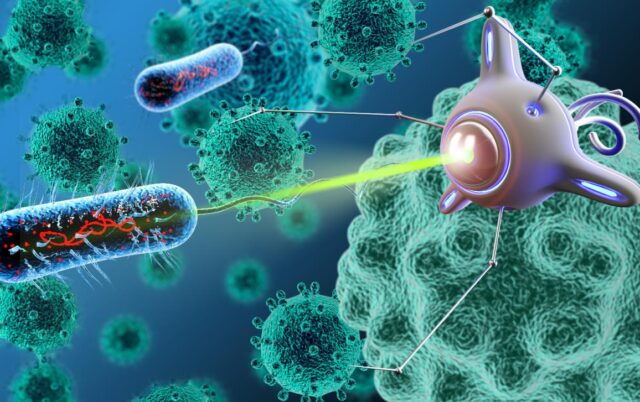
The following years will see even more exciting advances in the field of medicine. One of the most important developments right now is advanced gene editing. New techniques could, it is hoped, be used to eradicate genetic-based diseases, which could include cancer and HIV, as well as contagious diseases. In terms of molecular genetics and its application in patient care, this could be the biggest revolution to date.

